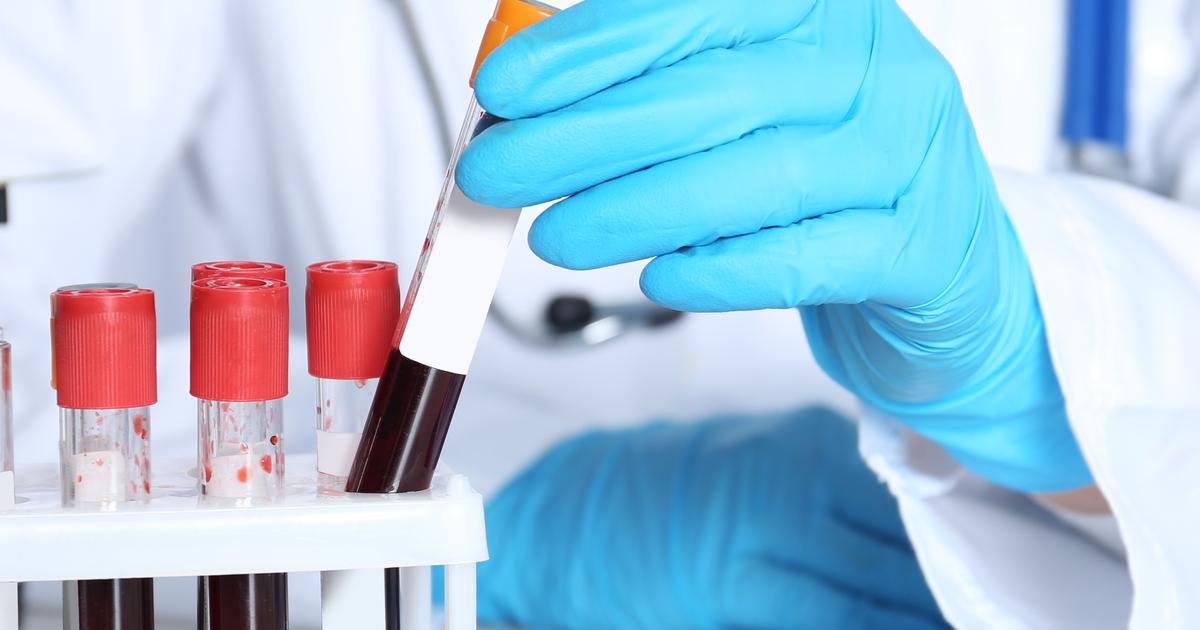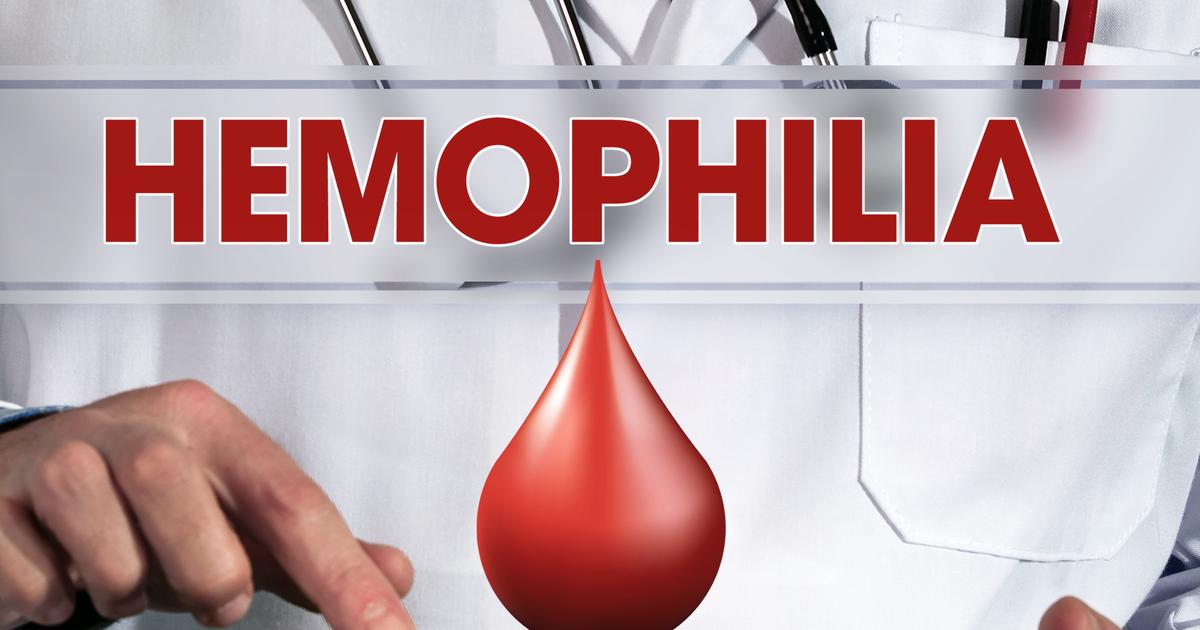Guide To The Types of Hemophilia
Hemophilia is an inherited condition caused by deficiencies in clotting factors. Patients with the condition experience difficulties with blood clotting, and they might notice unexplained or excessive bleeding. Bleeding after minor injuries is common, and frequent nosebleeds, bleeding gums, and large bruises may develop as well. Some patients have reported joint pain and blood in the urine or stool, and children with hemophilia may display irritability. To diagnose hemophilia, patients may need to have several blood tests such as a complete blood count, an activated partial thromboplastin time test, a prothrombin time test, and a fibrinogen test. Clotting factor tests, also known as factor assays, will be performed as well. Treatment for hemophilia depends on the specific type the patient has, and it involves the replacement of specific clotting factors. Doctors may prescribe fibrin sealants to encourage blood clotting, and patients might also need to take antifibrinolytics such as tranexamic acid or aminocaproic acid to prevent the breakdown of blood clots.
The types of hemophilia are outlined in detail below.
Hemophilia A
Patients with hemophilia A have a defect in a clotting factor known as factor VIII. In some cases, the clotting factor may be missing. The condition is carried on the X chromosome, and it has three main stages: mild, moderate, and severe. Patients are staged according to the ratio of factor VIII protein in their blood. Individuals with a ratio of six to forty-nine percent are classed as mild, and those with a ratio of one to five percent are classified as moderate. In cases where the ratio is less than one percent, individuals are considered to be in the severe stage. Patients with hemophilia A bleed for a longer amount of time than individuals without the condition, and this bleeding can happen both internally and externally. In mild cases of hemophilia A, patients typically bleed for a prolonged period only after a major surgery or serious injury. Individuals in the moderate or severe stages experience more frequent bleeding episodes, and they might bleed spontaneously. Intravenous infusions of concentrated factor VIII product are the main treatment for this type of hemophilia.
Read more about the different types of hemophilia now.
Hemophilia B

Hemophilia B is carried on the X chromosome, and it involves a defect in (or the absence of) a clotting factor called factor IX. Hemophilia B occurs four times less often than hemophilia A, and the stages and symptoms associated with the condition are the same as those for hemophilia A. Females with hemophilia B could experience very heavy periods, and they may also hemorrhage during childbirth. Treatment for hemophilia B is normally carried out at specialist centers, and patients will need to have clotting time and clotting factor tests to determine the severity of their case. Patients with this condition usually receive concentrated factor IX administered intravenously. Individuals with severe forms of hemophilia B are also placed on prophylaxis treatment so they can maintain enough factor IX to prevent bleeding episodes.
Discover additional types of hemophilia now.
